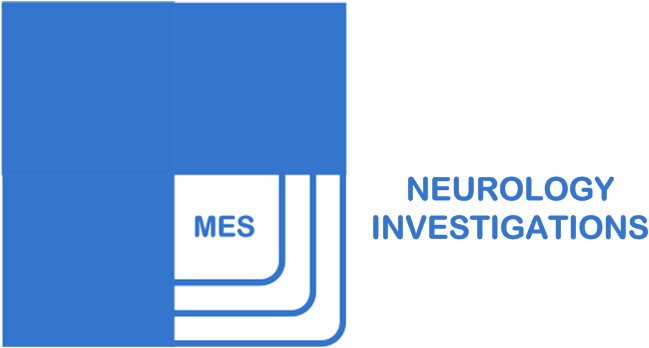Jun 2, 2009
INTRODUCTION TO POLYSOMNOGRAPHY
INTRODUCTION TO POLYSOMNOGRAPHY
Polysomnography or sleep study is done to assess a patient with suspected sleep related disorders. Common components assessed by sleep study are:
1. EEG –to assess various stages of sleep and their association with disorders (e.g. REM sleep behaviour disorder or RBD is likely to be seen in REM sleep).
2. Respiratory functions – including effort, air flow, pulse oximetry (e.g. in obstructive sleep apnea, we expect cessation of airflow through the nose or mouth with persistence of effort)
3. Limb movements –by placing electrodes over tibialis anterior muscles (e.g. in periodic limb movements of sleep, findings will be seen in these channels)
4. ECG-to simultaneously assess cardiac functions (e.g. to see the effect of desaturation in a patient of OSA on cardiac rhythm)
References :
1. Mc Gregor PA. Updates in polysomongraphic recording techniques used for the diagnosis of sleep disorders. Am J EEG Technol 1989;29:107
2. Antonio Culebras, Clinical Handbook of Sleep Disorders: Butterworth-Heinmann
INTRODUCTION TO EVOKED POTENTIALS
EVOKED POTENTIALS
There are three main types of evoked potentials being used in clinical practice- visual, auditory and somatosensory.
The principle on which these evoked potentials are measured is that brain is the final destination of all the sensations. If we stimulate sensory, auditory or visual pathway, and record tiny electrical potentials so generated in brain by placing electrodes over scalp, we can demonstrate the integrity of these pathways. Further abnormalities suggest various types of diseases.
In its simplest form, visual evoked potential is performed by asking patient to look at TV screen where a visual stimulus is provided (usually one eye at a time) and recording is made by electrodes placed over the occiput.
Auditory evoked potential is recorded by providing (one by one) auditory click stimuli via headphones and responses are recorded by electrodes placed over mastoids.
Somatosensory potentials are recorded by electrically stimulating a peripheral nerve like median or posterior tibial nerves and responses are recorded over scalp (laterally for median and midline for posterior tibial, corresponding to arm and leg areas of homunculus).
